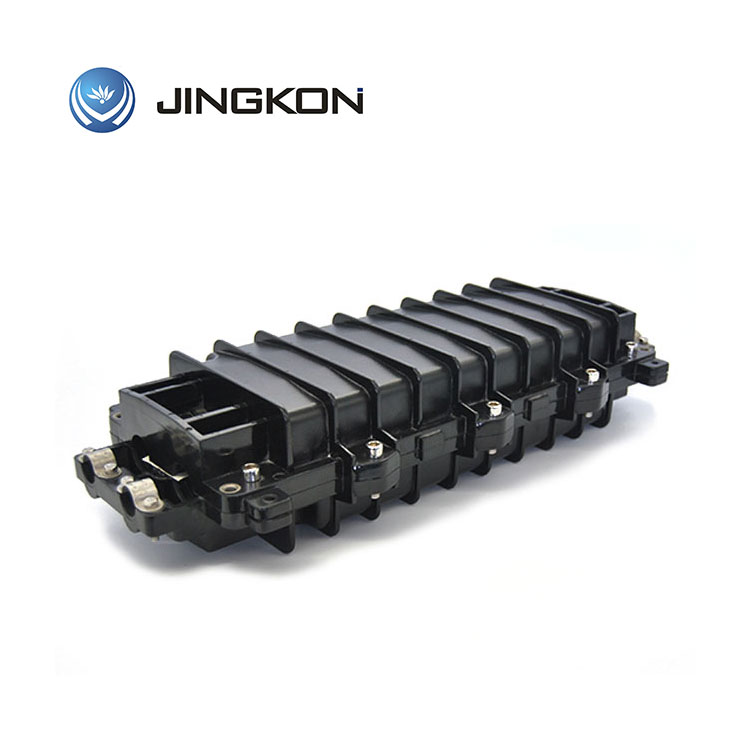Functionalities of a fiber optic splicing enclosure
2023-10-18
A fiber optic splicing enclosure, also known as a splice closure or splice box, is a protective housing designed to house and protect fiber optic splices. It provides a secure and environmentally sealed environment for splicing fiber optic cables together, ensuring reliable and long-lasting connections.
Here are some key features and functionalities of a fiber optic splicing enclosure:
1. Cable Entry and Management: Splicing enclosures are designed with cable entry ports or glands to allow fiber optic cables to enter the enclosure. They often have internal cable management features such as splice trays, fiber organizers, or routing guides to ensure proper cable routing, strain relief, and organization.
2. Splice Tray Capacity: Splicing enclosures typically contain one or more splice trays, which hold and protect the fiber optic splices. The splice trays provide a platform for arranging and securing fiber splices, ensuring proper fiber management and protection. The number of splice trays and their capacity can vary depending on the size and design of the enclosure.
3. Splice Protection: Splicing enclosures are designed to protect fiber optic splices from environmental factors such as moisture, dust, and temperature fluctuations. They provide a sealed or ruggedized housing to prevent damage to the splices and maintain the integrity of the optical connections.
4. Splice Accessibility: Splicing enclosures are constructed to allow easy access to the splice trays for installation, maintenance, and future upgrades. They often feature removable or hinged covers, access panels, or trays that facilitate accessibility to the splices without disrupting the rest of the fiber optic network.
5. Environmental Sealing: To ensure protection against moisture and other contaminants, splicing enclosures are designed to provide a high degree of environmental sealing. This includes gasketed seals, O-rings, or compression seals to maintain a tight and secure enclosure, preventing ingress of water, dust, or other harmful elements.
6. Size and Capacity: Splicing enclosures come in various sizes and configurations to accommodate different fiber optic network requirements. They can range from small enclosures suitable for individual splices or smaller fiber counts to larger enclosures capable of accommodating multiple splice trays and higher fiber counts.
7. Mounting Options: Splicing enclosures may offer various mounting options, such as wall mount, pole mount, rack mount, or aerial mount, depending on the installation requirements and environment.
Fiber optic splicing enclosures play a crucial role in protecting and managing fiber optic splices. They ensure the reliability and performance of fiber optic networks by providing a secure, accessible, and protected environment for splicing operations. Proper selection and installation of splicing enclosures are essential to ensure the longevity and efficiency of fiber optic connections.



